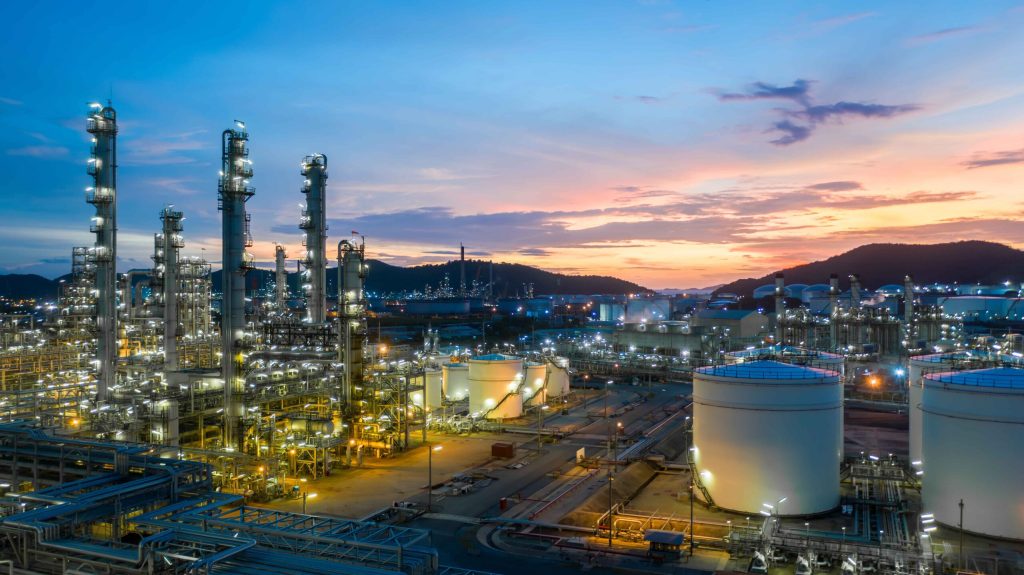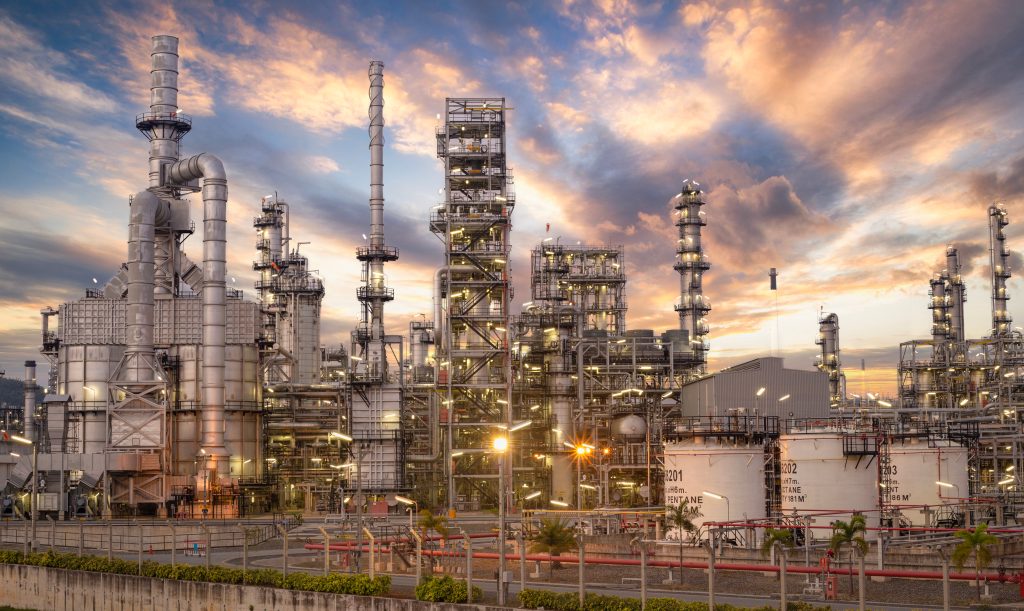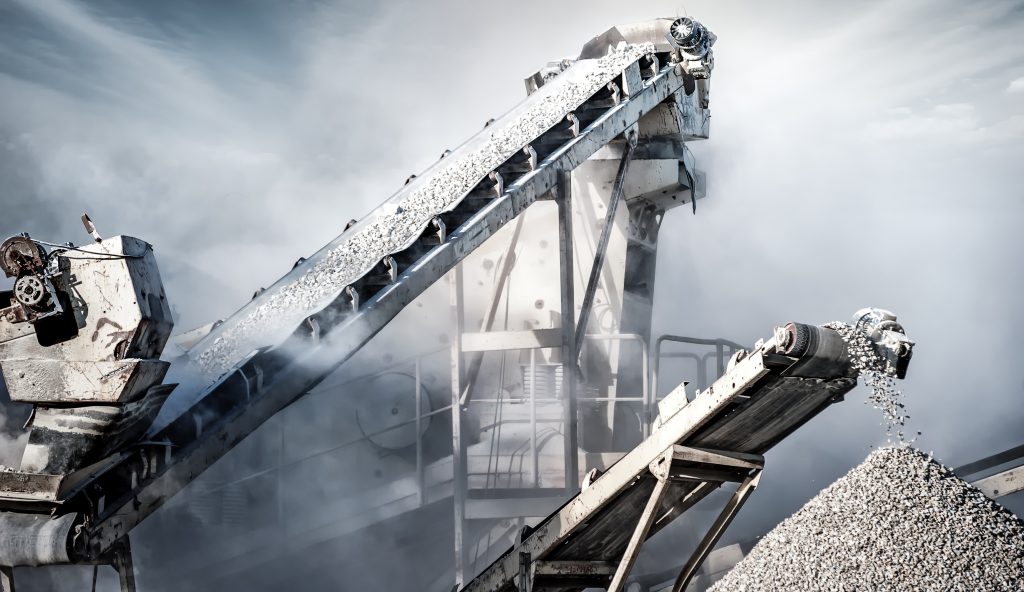Optimizing Oil Storage in the UAE: Why Vollwert TMS is the Future of Terminal Management

The United Arab Emirates continues to lead the way in energy infrastructure, with oil storage playing a critical role in regional and global energy security. As the demand for operational transparency, safety, and real-time control rises, Terminal Management Systems (TMS) have emerged as an essential solution for efficient terminal operations.
At Vollwert Electromechanical LLC, we are proud to bring one of the most powerful and proven TMS platforms to the region—trusted by global leaders and now fully tailored for the UAE market.
The Evolution of Industrial Automation: From Assembly Lines to Smart Factories!

The industrial landscape has undergone a remarkable transformation over the past century, thanks to advancements in technology and the rise of industrial automation. The concept of automating repetitive tasks and streamlining production processes has revolutionized manufacturing, leading to increased efficiency, productivity, and cost-effectiveness. From the early days of assembly lines to the emergence of smart factories, the evolution of industrial automation has reshaped industries across the globe. The Birth of Industrial Automation The roots of industrial automation can be traced back when Henry Ford introduced the concept of the assembly line. By dividing the manufacturing process into smaller, repetitive tasks, Ford’s production system enabled faster and more efficient production of automobiles. However, this initial form of automation relied heavily on human labor and lacked the integration of sophisticated technologies. Advancements in Control Systems In the mid-20th century, advancements in control systems paved the way for more sophisticated industrial automation. The introduction of programmable logic controllers (PLCs) in the 1960s revolutionized manufacturing by allowing machines to be controlled by digital computers. PLCs enabled precise control over machinery, improved reliability, and faster response times. Computerization and Robotics The integration of computers into industrial processes marked another significant milestone in automation. With the advent of computers and microprocessors, manufacturers gained the ability to program complex tasks and automate decision-making processes. This led to the emergence of computer numerical control (CNC) machines, which enhanced precision, speed, and repeatability in manufacturing. Additionally, robotics played a crucial role in the evolution of industrial automation. The introduction of industrial robots revolutionized production lines by taking over repetitive and dangerous tasks. Robots brought increased efficiency, higher output rates, and improved safety to manufacturing processes. Connectivity and the Rise of Smart Factories The 21st century brought about a new era of industrial automation with the rise of smart factories. The convergence of automation, data exchange, and advanced analytics has transformed traditional manufacturing facilities into intelligent systems capable of autonomous decision-making. Key technologies driving the concept of smart factories include the Internet of Things (IoT), artificial intelligence (AI), big data analytics, and cloud computing. IoT sensors embedded in machines and products enable real-time data collection, monitoring, and analysis. AI algorithms process vast amounts of data, enabling predictive maintenance, quality control, and optimization of production processes. Moreover, cloud computing allows for seamless data sharing and collaboration across multiple sites and stakeholders. With the integration of these technologies, smart factories can achieve higher levels of efficiency, agility, and customization, enabling manufacturers to adapt quickly to changing market demands. The Future of Industrial Automation The evolution of industrial automation shows no signs of slowing down. As technology continues to advance, several trends are shaping the future of automation: a. Artificial Intelligence and Machine Learning: AI and machine learning algorithms will play an increasingly significant role in optimizing processes, predicting faults, and enhancing decision-making capabilities. b. Collaborative Robots (Cobots): Cobots are designed to work alongside humans, combining the strengths of both human workers and robots. These robots enhance productivity, flexibility, and safety in manufacturing environments. c. Digital Twins: Digital twins are virtual replicas of physical assets or processes. They enable manufacturers to simulate and optimize operations, predict performance, and facilitate predictive maintenance. d. 5G Connectivity: The rollout of 5G networks will provide ultra-fast and reliable connectivity, enabling real-time communication between machines, sensors, and systems in smart factories. The evolution of industrial automation has been a remarkable journey, transforming the manufacturing landscape and driving economic growth. From the early days of assembly lines to the emergence of smart factories, advancements in technology have continuously pushed the boundaries of automation. As we move into the future, the integration of artificial intelligence, robotics, and advanced analytics will further revolutionize industrial automation, paving the way for even more efficient, agile, and intelligent manufacturing processes.
From Data to Insights: Leveraging Industrial Automation for Data-Driven Decision Making

In today’s fast-paced and competitive industrial landscape, data has become the lifeblood of businesses, offering valuable insights that drive informed decision-making. The integration of industrial automation systems with data analytics has revolutionized the way organizations operate, enabling them to extract meaningful insights from their operations and processes. This synergy between technology and data, often referred to as the Industrial Internet of Things (IIoT), has empowered industries to make smarter choices and optimize their operations for enhanced efficiency and productivity. The Rise of Industrial Automation and Data Analytics Industrial automation involves the use of various control systems, machinery, and technologies to handle different processes with minimal human intervention. Over the years, automation has evolved from simple control systems to sophisticated interconnected networks of sensors, actuators, and controllers that collect and transmit vast amounts of data in real-time. This surge in data generation presented a unique opportunity to extract actionable insights that were previously hidden within the complex fabric of industrial processes. Data analytics, on the other hand, encompasses the techniques and technologies used to examine and interpret data in order to uncover patterns, trends, correlations, and anomalies. When applied to the data collected from industrial automation systems, it enables businesses to understand their operations at a granular level, leading to optimized processes and more informed decision-making. The Major benefits of Data-Driven Decision Making in Industrial Automation are discussed as below: Predictive Maintenance: By continuously monitoring equipment and machinery through sensors, organizations can predict when maintenance is required, preventing unplanned downtime and reducing maintenance costs. Process Optimization: Real-time data analysis helps identify inefficiencies and bottlenecks in industrial processes, allowing for adjustments that increase overall efficiency and production output. Quality Control: Data analytics can identify deviations in product quality and pinpoint the root causes, enabling rapid corrective actions and reducing defects. Energy Efficiency: Monitoring energy consumption patterns and analyzing data helps identify opportunities to optimize energy usage, leading to cost savings and reduced environmental impact. Supply Chain Optimization: Data-driven insights allow for better management of inventory levels, demand forecasting, and logistics, resulting in smoother supply chain operations. Risk Management: Identifying potential safety hazards and operational risks through data analysis enhances workplace safety and reduces the likelihood of accidents. While the potential benefits of leveraging industrial automation and data analytics are substantial, there are challenges that organizations must address: Data Security: With the increasing volume of data being generated and shared, ensuring the security and privacy of sensitive information becomes paramount. Integration Complexity: Integrating various sensors, devices, and systems can be complex, requiring careful planning and implementation. Skilled Workforce: Organizations need a workforce proficient in both industrial processes and data analytics to fully realize the potential of data-driven decision-making. Data Quality: Reliable insights depend on the accuracy and integrity of the data collected, making data quality a critical consideration. The fusion of industrial automation and data analytics marks a transformative phase in industries across the spectrum. It empowers businesses to move from reactive to proactive decision-making, enabling them to optimize operations, increase efficiency, and remain competitive in today’s dynamic market. As technology continues to evolve, the ability to harness data for insights will become an increasingly integral aspect of modern industrial practices. Organizations that embrace this shift are poised to reap substantial rewards, translating data into a strategic advantage that drives growth and success. We at Vollwert Electromechanical LLC, are equipped with the expertise workforce with industrial processes and data analytics to implement the technology only at identified critical parameters to keep the cost in check while providing the most out of the implemented structure at any given industry you name.
